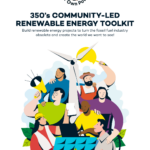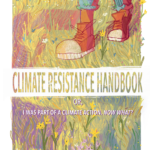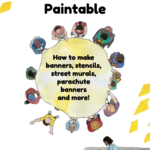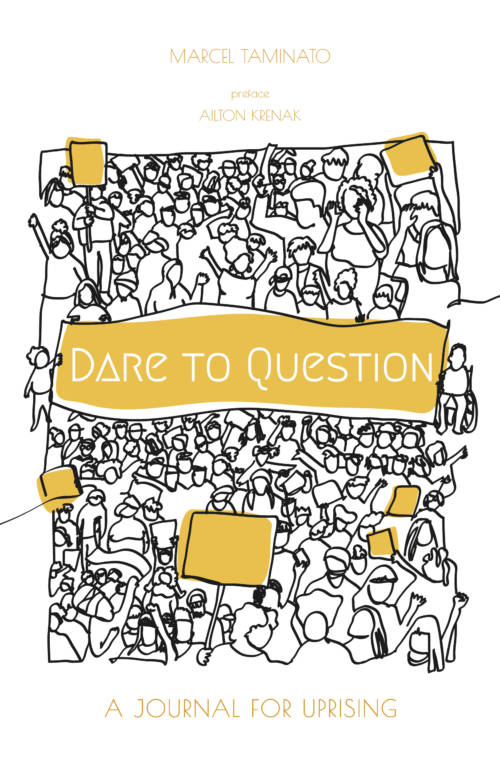Step 1: Create groups and set-up
First, put participants into small groups – groups of four to five work well. Have the groups spread out around the room. Working in groups will help folks get new ideas, get feedback about the effectiveness of each tactic, and help decide the order of the tactics. Acknowledge up front that it may be difficult.
Give each group five or six paper plates (or anything else someone can write on).
Put a symbol, like a bowl of fruit, in the middle of the room and explain that this represents the vision of what we are trying to accomplish. It’s what we are working toward.
Give the task:
On each paper plate, have participants write down a tactic or action that they think the group should do. Write each tactic/action on a single plate. After each group has a list they feel strongly about, invite people to start from where they are and put down their paper plates in an order the group could do the tactics/actions until they reach the bowl (or whatever symbol they are using).
Tell the groups that during this exercise they should consider: How do these tactics fit together? What order makes the most sense? How would you use these tactics and actions to involve people outside of the campaign?
This means they may want to re-arrange, or take out some tactics, or adapt them to be on a similar theme, or all focused on a single target.
Answer any questions — then let them do it! With very little preparation, you can get your group doing thoughtful strategy.
Step 2: Groups work
Have the groups start working. Depending on the group, they may need up to 40 minutes for this step. Disagreement and discussion among participants is great here for learning. Facilitators should visit the groups and be very available for answering questions, giving support, coaching, and serving as a resource.
Groups may need some support around creating a good strategy. As you visit the small groups, you might want to offer them support to sharpen their thinking. Common principles for them to consider:
- Comfort zone • Is your group regularly doing the same actions? What are bolder actions you could do? This doesn’t necessarily mean doing a high-risk action, like direct action. For example, one group was holding an award ceremony for core volunteers. To make it more challenging, they told each volunteer that they had to give a short speech about one thing they learned during the campaign at the ceremony. The result was an emotional, powerful awards party that took the group outside their comfort zone (read more about expanding a group’s comfort zone).
- Action logic • To an outside observer, does your action explain who you are, what you want, and make them want to support you? Action logic is the degree your action makes sense, logically, from the standpoint of someone not in your group. The action should have a logic: this thing happened, therefore we will do this thing. This is particularly true in direct action, when you need to show the positive change you are trying to make, or the negative things you are trying to stop (read more about action logic).
- Psychology • Your action might be fun, or inspiring, or angering. Think about where your action leaves your participants. A people’s movement fighting against a dictatorship designed an action this way: Toward the end of a massive rally and concert on New Years night, they abruptly stopped the party. They showed the names and faces of people killed by the government that year. Then they announced, “While the dictator is in power, there is no reason to party. When we overthrow the dictator, then we will party.” Party-goers left with this powerful message on their minds.
- Building a narrative • Your actions should tell a story. How are they connected? How do they tell a single story of who you are and what you stand for? And, most importantly, can the media, an average bystander or your target understand and see that narrative?
As people are finishing, you might announce a break so that people can informally share with each other, spend part of the break finishing, or just read the other stepping stones.
Step 3: Short Debrief
After the break, spend a few minutes debriefing. Invite people to consider the usefulness of what they’ve just done.
At this point you have options. You could have a just a few groups share. If the group is going to make a decision on tactics and actions, you might have everyone share and then, together, create one plan for the entire group. Either way, what you’re doing is helping people make plans that create momentum by planning ahead — and that’s a good thing for any group’s efforts!



